168, Madawela East, Minuwangoda, Gampah, Sri Lanka
- Home
- /
- ARTICLES
ARTICLES
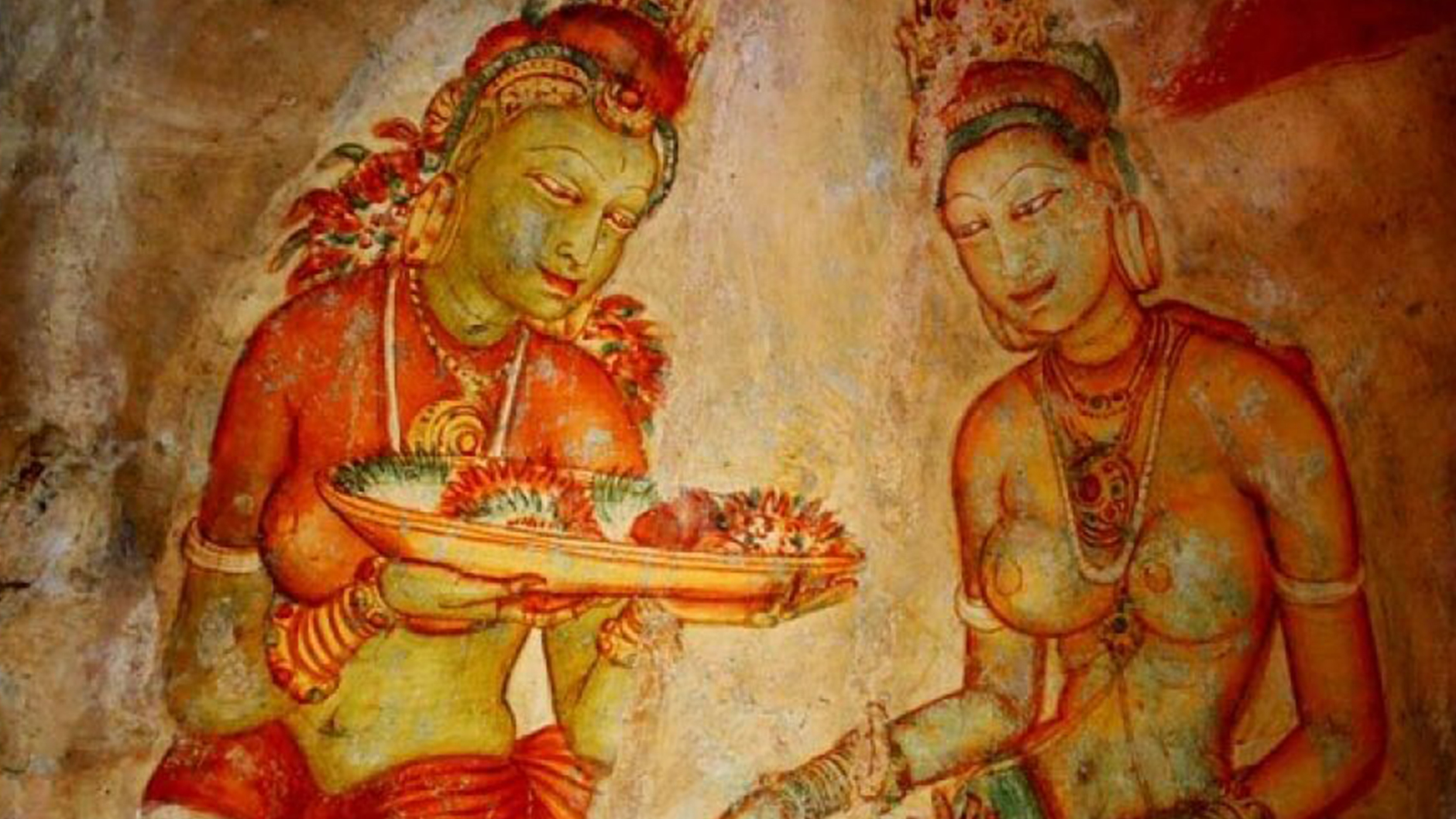
SIGIRIYA ROCK FORTRESS
The iconic rocky outcrop of SIGIRIYA is located approximately 147 kilometers from Colombo International Airport and takes nearly four hours to reach. Without a doubt, Sri Lanka’s single most dramatic sight rises from the central plains.
In 1982, SIGIRIYA was added to the UNESCO World Heritage List with another two ancient sights, which are Anuradhapura and Polonnaruwa. It has the nickname of the "Eighth Wonder of the World." People who witnessed it will tell the story.
SIGIRIYA was a Buddhist monastery at the time of the 3rd century BC. Several rock shelters are located on the northern and western slopes of the boulder-strewn hills around the SIGIRIYA rock. Rock inscriptions surrounded by SIGIRIYA witness that all these rock shelters or caves are donations to the Buddhist monks.
In the latter part of the 4th century, SIGIRIYA became a rock fortress under the rule of King Kashyapa from 477 to 495 AD. He killed his father, King Dhatusena of Anuradhapura, to gain his wealth and power. King Kashyapa was not the rightful heir to the throne, but King Moggallan. Kashyapa was the king’s son by a non-royal consort. After King Dhatusena died, Prince Moggallan fled to South India in order to save his life. Afraid of any attack by Prince Moggallan, Kashyapa moved to a more secure SIGIRIYA. SIGIRIYA rock became a fortress due to the application of more security for the life of King Kashyapa. It became a more complex city with a palace on the rock summit, a unique garden, and a fortress with a highly defensive structure.
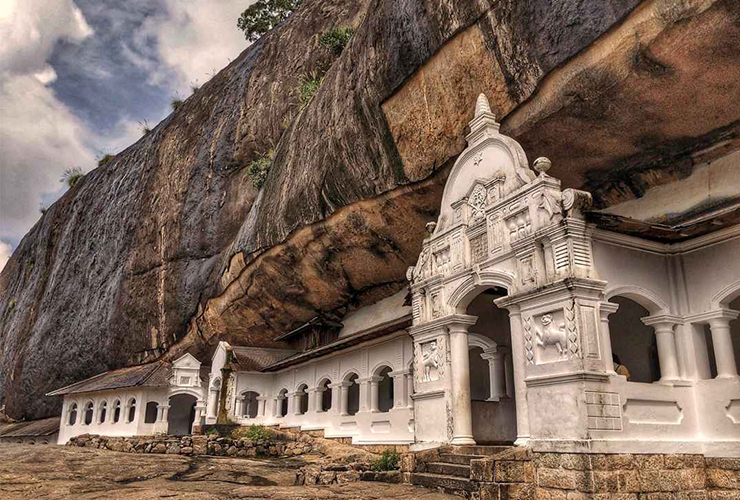
DAMBULLA CAVE TEMPLE
The iconic rocky outcrop of SIGIRIYA is located approximately 147 kilometers from Colombo International Airport and takes nearly four hours to reach. Without a doubt, Sri Lanka’s single most dramatic sight rises from the central plains.
In 1982, SIGIRIYA was added to the UNESCO World Heritage List with another two ancient sights, which are Anuradhapura and Polonnaruwa. It has the nickname of the "Eighth Wonder of the World." People who witnessed it will tell the story.
SIGIRIYA was a Buddhist monastery at the time of the 3rd century BC. Several rock shelters are located on the northern and western slopes of the boulder-strewn hills around the SIGIRIYA rock. Rock inscriptions surrounded by SIGIRIYA witness that all these rock shelters or caves are donations to the Buddhist monks.
In the latter part of the 4th century, SIGIRIYA became a rock fortress under the rule of King Kashyapa from 477 to 495 AD. He killed his father, King Dhatusena of Anuradhapura, to gain his wealth and power. King Kashyapa was not the rightful heir to the throne, but King Moggallan. Kashyapa was the king’s son by a non-royal consort. After King Dhatusena died, Prince Moggallan fled to South India in order to save his life. Afraid of any attack by Prince Moggallan, Kashyapa moved to a more secure SIGIRIYA. SIGIRIYA rock became a fortress due to the application of more security for the life of King Kashyapa. It became a more complex city with a palace on the rock summit, a unique garden, and a fortress with a highly defensive structure.

PIDURANGALA ROCK
The iconic rocky outcrop of SIGIRIYA is located approximately 147 kilometers from Colombo International Airport and takes nearly four hours to reach. Without a doubt, Sri Lanka’s single most dramatic sight rises from the central plains.
In 1982, SIGIRIYA was added to the UNESCO World Heritage List with another two ancient sights, which are Anuradhapura and Polonnaruwa. It has the nickname of the "Eighth Wonder of the World." People who witnessed it will tell the story.
SIGIRIYA was a Buddhist monastery at the time of the 3rd century BC. Several rock shelters are located on the northern and western slopes of the boulder-strewn hills around the SIGIRIYA rock. Rock inscriptions surrounded by SIGIRIYA witness that all these rock shelters or caves are donations to the Buddhist monks.
In the latter part of the 4th century, SIGIRIYA became a rock fortress under the rule of King Kashyapa from 477 to 495 AD. He killed his father, King Dhatusena of Anuradhapura, to gain his wealth and power. King Kashyapa was not the rightful heir to the throne, but King Moggallan. Kashyapa was the king’s son by a non-royal consort. After King Dhatusena died, Prince Moggallan fled to South India in order to save his life. Afraid of any attack by Prince Moggallan, Kashyapa moved to a more secure SIGIRIYA. SIGIRIYA rock became a fortress due to the application of more security for the life of King Kashyapa. It became a more complex city with a palace on the rock summit, a unique garden, and a fortress with a highly defensive structure.
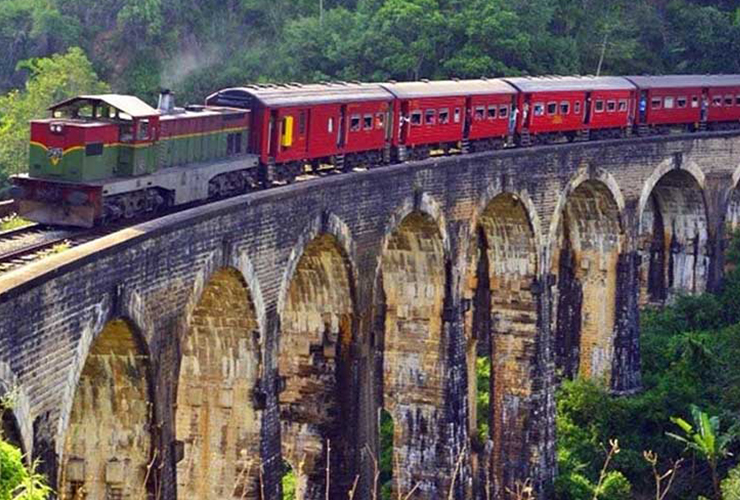
THE NINE ARCH BRIDGE
The iconic rocky outcrop of SIGIRIYA is located approximately 147 kilometers from Colombo International Airport and takes nearly four hours to reach. Without a doubt, Sri Lanka’s single most dramatic sight rises from the central plains.
In 1982, SIGIRIYA was added to the UNESCO World Heritage List with another two ancient sights, which are Anuradhapura and Polonnaruwa. It has the nickname of the "Eighth Wonder of the World." People who witnessed it will tell the story.
SIGIRIYA was a Buddhist monastery at the time of the 3rd century BC. Several rock shelters are located on the northern and western slopes of the boulder-strewn hills around the SIGIRIYA rock. Rock inscriptions surrounded by SIGIRIYA witness that all these rock shelters or caves are donations to the Buddhist monks.
In the latter part of the 4th century, SIGIRIYA became a rock fortress under the rule of King Kashyapa from 477 to 495 AD. He killed his father, King Dhatusena of Anuradhapura, to gain his wealth and power. King Kashyapa was not the rightful heir to the throne, but King Moggallan. Kashyapa was the king’s son by a non-royal consort. After King Dhatusena died, Prince Moggallan fled to South India in order to save his life. Afraid of any attack by Prince Moggallan, Kashyapa moved to a more secure SIGIRIYA. SIGIRIYA rock became a fortress due to the application of more security for the life of King Kashyapa. It became a more complex city with a palace on the rock summit, a unique garden, and a fortress with a highly defensive structure.
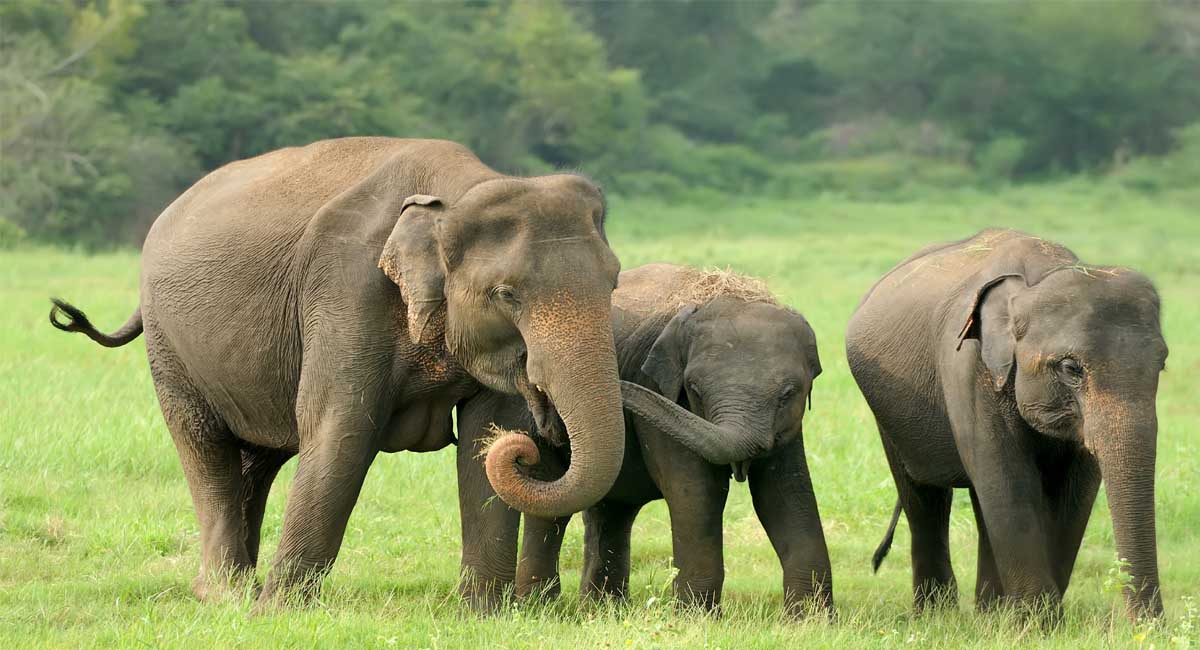
A Guide on Planning a Wildlife Tour in Sri Lanka
The "Pearl of the Indian Ocean," Sri Lanka, is a
tropical paradise known for its breathtaking scenery, lively culture, and
profusion of wildlife. The island nation is a refuge for nature lovers and
wildlife aficionados, home to stately elephants, elusive leopards, and a
variety of colorful bird species. This guide will assist you in making the most
of your journey while guaranteeing a memorable and responsible experience if
you're considering a wildlife tour in Sri Lanka.
1. Do Your Research and Pick Your Destinations
Carefully consider Sri Lanka's national parks, natural
reserves, and animal sanctuaries before beginning your wildlife vacation.
Considering that each region has its own flora and fauna, it's important to
decide which regions best suit your preferences. Yala National Park, Udawalawe
National Park, Wilpattu National Park, and Sinharaja Forest Reserve are among
the well-known places to see wildlife. To properly plan your trip, consider the
accessibility, lodging options, and species you are likely to encounter at each
place.
2. Choose the Right Season
Sri Lanka has a tropical environment with distinct rainy and
dry seasons. The dry season, which normally lasts from December to March on the
west and south coasts and from April to September on the east coast, is the
best time for wildlife tours. Animals congregate around waterholes during the
dry season, making it simpler to identify them. Wildlife sightings can still be
enjoyable during the wet season, which offers lush green scenery and less
tourists, since certain parks, like Yala, are open all year.
3. Make Accommodation Arrangements
After choosing your
places, make early reservations for your lodging. Sri Lanka has a variety of
housing choices, including pricey guesthouses, tented camps, and opulent
eco-lodges. For ease and the possibility to fully experience nature, think
about staying in or close to the national parks. To pick the option that best
suits your interests and financial constraints, research the amenities,
services, and closeness to wildlife areas.
4. Create an Itinerary
Make a thorough schedule covering your top wildlife
locations, accounting for the travel time between each stop. Keep the distance
in mind and allow enough time for game drives, hiking, and leisure. To increase
your chances of spotting wildlife and to appreciate each national park's
distinctive features, think about staying there for at least two to three
nights. Give yourself more time to enjoy leisure pursuits and cultural
experiences because Sri Lanka has many attractions besides its animals.
5. Hire an experienced Guide
To make the most of your wildlife excursion, hire a
knowledgeable local guide or sign up for a tour run by a trustworthy company. A
knowledgeable guide can assist you in navigating the parks, spotting wildlife,
and learning interesting facts about Sri Lanka's biodiversity. Their knowledge
and skilled eyes will make sure you don't miss any undiscovered treasures and
will help you gain a better grasp of the flora and wildlife of the nation.
6. Respect Nature and Wildlife
While coming into contact with wildlife is obviously
exciting, it's important to keep a respectful distance and adhere to the rules
set forth by your guide and the park officials. Avoid any actions that would
harm the animals' natural habitat, such as not feeding or petting them. Keep in
mind that you are a visitor in their house and should put their welfare and
conservation first. Reduce your impact on the environment by following to the
principles of Leave No Trace and engaging in responsible tourism.
7. Bring the Essential Gear
Bringing the appropriate gear will guarantee your
convenience and comfort during your wildlife excursion. A hat, sunscreen,
insect repellent, reusable water bottle, lightweight, breathable clothing for
the tropical environment, binoculars, and a camera with a zoom lens to record
those breath-taking wildlife moments are all necessary goods. When going on
trips, it's a good idea to bring a small daypack to contain your necessities.
8. Have Patience and Flexibility
Wildlife encounters are unpredictable, therefore having
patience is essential if you want to get the most amazing moments. Be ready for
periods of waiting and be patient with the procedure because animals may be
camouflaged and their behavior may be evasive. Be flexible with your ideas as
well because the weather and animal movements can force you to make changes.
Accept the impromptu and unplanned since it frequently results in the most
memorable experiences.
9. Become Fully Immersed in Local Culture
Sri Lanka is known for having a rich cultural heritage, and
your wildlife tour gives you the chance to discover the nation's cultural
riches. Spend time seeing historical buildings, interacting with locals, enjoying
local cuisine, and going to cultural events. Interacting with the local
population will enrich your journey and produce a more complete experience.
10. Assist Local Conservation Initiatives
Finally, assist regional conservation programs to help
preserve Sri Lanka's biodiversity. Think about going to wildlife rehabilitation
facilities, learning about conservation issues, and giving to respectable
groups that are preserving the island's biodiversity. You can contribute to
keeping these natural beauties around for future generations to enjoy by doing
this.
A wildlife trip in Sri Lanka promises a
fantastic adventure full of amazing wildlife encounters and stunning scenery.
You'll not only make enduring memories if you adhere to our advice and practice
responsible tourism, but you'll also help preserve the nation's incredible
natural heritage. Prepare yourself for an exciting excursion into Sri Lanka's
wild interior!
Tour Packages
-
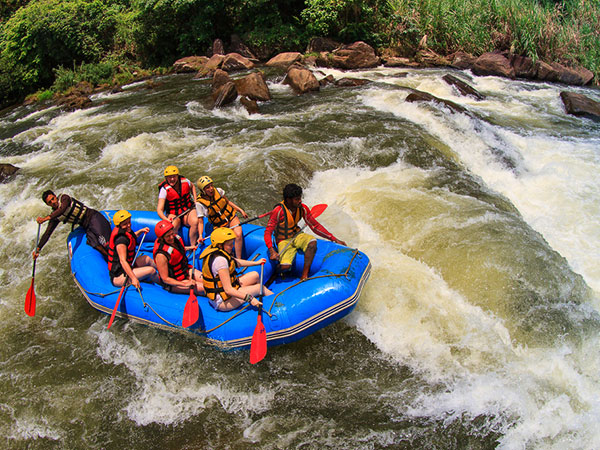
-
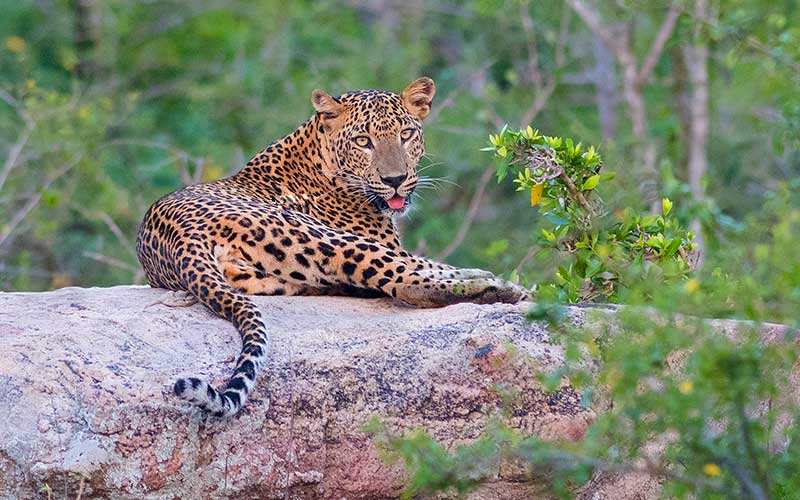
8 NIGHTS 9 DAYS Classic Tour
-

5 Nights 6 Days Sri Lanka Short holiday
-
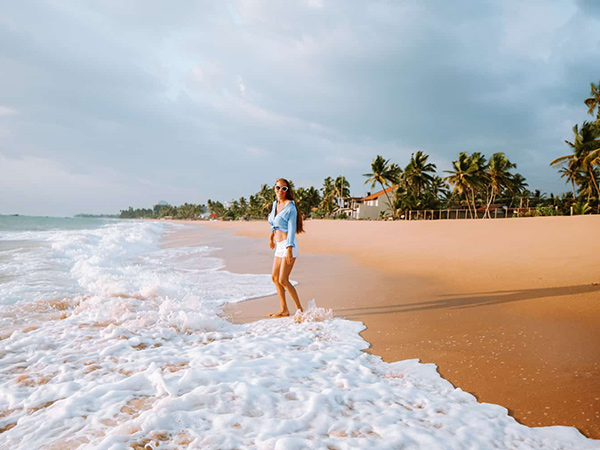
13 NIGHTS 14 DAYS Srilanka Heritage Tour
